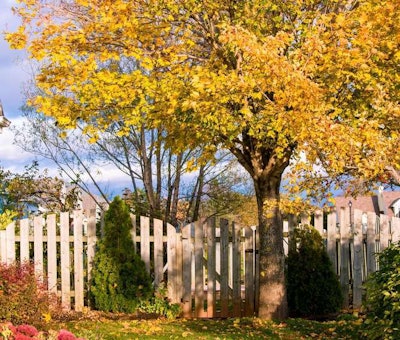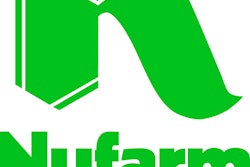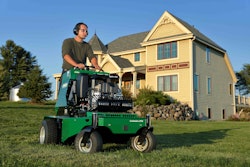

Choosing the right tree
When picking out shade trees for your customers, it’s important to consider the climate they live in, how large the tree will be once it’s mature, how these trees will change seasonally, how they will benefit the local wildlife, what maintenance will accompany them and the safety aspects that need to be taken.
Be sure that the trees you choose for your customer’s yard will thrive in your climate and won’t require an ample amount of extra care. Take stock of the area where the tree will be planted, as you’ll need to plant it in a place where it will have enough room to reach maturity.
As far as benefitting wildlife is concerned, native trees will offer the most benefits to insects, birds, and other animals that will use the tree for food or a home.
Talk to your clients about what maintenance will be required with their trees, such as pruning, branch thinning, water needs, and more, and keep an eye out for safety issues above and below the ground.
Different options
The options are numerous when it comes to choosing what shade trees can go in your customer’s yard, so take a look at a few common ones that are sure to offer customers the shade they desire.
Magnolia
 Magnolia tree Photo: Pixabay
Magnolia tree Photo: PixabayWith their eye-catching blooms and large leaves, magnolias are a favorite nationwide and especially in the South. Most species will grow in USDA hardiness zones 5-9 and will require moderate watering. Magnolias enjoy partial to full sun, and many species will grow to be 60-80 feet tall and 30-50 feet wide.
Oak
Oak trees will provide wide canopies and a woven branch structure that can serve as a wonderful habitat for animals, insects, and more. These trees will provide large amounts of shade because of their wide branches. Most oaks that are native to the West Coast will require a small amount of summer water, and planting them around or with water-loving plants could lead to root disease. The hardiness zones will vary depending on the particular type of oak, but many will grow in USDA hardiness zones 5-11. They require moderate or limited water and full sun. When fully grown, many species can reach over 60 feet tall and 80 to 100 feet wide.
Maple
With their beautiful fall coloring and interesting leaf shapes, maple trees work well in most landscapes across the country. Depending on the species, many will grow in USDA hardiness zones 4-9, and they will require moderate to regular watering. Most will thrive in shade to full sun, and larger varieties can grow to 50 feet tall and wide.
Sassafras
With this tree’s amazing and bright display of fall foliage, the sassafras is a favorite. These trees change from bright to medium green in the summer and will transition to deep orange, purple, scarlet, and yellow in the fall. They typically thrive in USDA hardiness zones 4-9 and are medium- to fast-growing trees. Once mature, these trees can reach a height of 30-60 feet tall and 25-40 feet wide. They prefer full sun to partial shade and will grow well in acidic, loamy, moist, and well-drained soils.
Fruit trees
 Orange tree
Orange treePhoto: Pixabay
For clients who want to enjoy a tasty snack while lounging under their shade tree, fruit trees can be the best of both worlds. Fruit trees are typically on the medium side when it comes to size, and there are multiple options to choose from, such as orange, apple, citrus, plum, cherry, and more. Depending on which fruit your customer selects, they could ultimately see beautiful foliage in the fall and blooming flowers in the spring. Most trees will thrive in USDA hardiness zones 4-9 but remember that citrus trees are sensitive to frost. Fruit trees will require moderate to regular watering and they enjoy full sun. Many varieties can grow to be between 15-25 feet tall and wide.
Sweetgum
With its star-shaped leaves, compact crown and quirky, corky growths called wings, the sweetgum is a very attractive shade tree. These trees boast beautiful fall colors and glossy green leaves that will turn orange, red, yellow and purple in the fall. These trees do well in USDA hardiness zones 5-9 and feature a spreading canopy that helps cut down on sunlight. They typically grow to a height of 60-75 feet tall with a spread of 40-50 feet at maturity. Ideally, these trees require at least six hours of direct sunlight daily.











